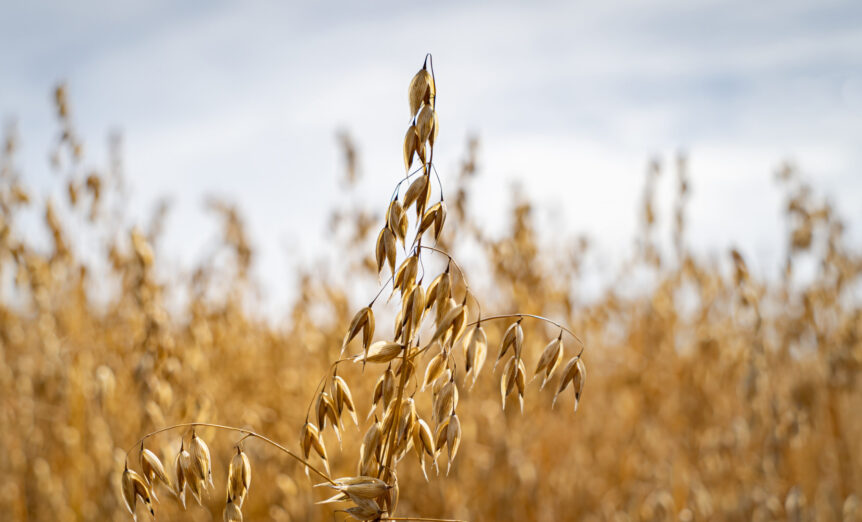Sweden’s has a strong agricultural sector that produces large volumes of by-products every year, including oat husks, straw, and crop residues. Much of this material remains unused, despite its considerable potential as a resource with high energy content.
Meva Energy has developed a technology that replace fossil gas in industrial applications by producing biosyngas through gasification of biomass residues. Until now, the technology has only been applied using wood-based biomass, such as sawdust and mdf waste. However, there is growing environmental and commercial interest in utilizing agricultural residues as well. From a climate and sustainability perspective, the short rotation period of agricultural fuels makes them particularly attractive.
Through the AgRawGas R&D project, oat husks are now being tested for the first time in Sweden as a raw material in commercial production of biosyngas at Meva Energys gasification plant. The initiative is part of Meva Energy’s mission to expand biomass use beyond wood-based fuels and diversify the raw material base to make renewable gas more resilient and scalable. Another key focus is the evaluation of biochar as a by-product. Biochar produced from oat husks differs from conventional wood-based biochar and may offer new regional applications.
”By exploring new raw materials, we want to create more accessible sustainable solutions for industry, enable increased production of renewable gas, and contribute to a circular use of resources” says Fredrik Gunarsson, Project Manager at Meva Energy.
The project runs from June 2024 to October 2025 and brings together Meva Energy, Essity, Perstorp, RISE, and Scandbio. The goal is to to prove that oat husks can be used efficiently as fuel in gasification and to investigate practical conditions for commercial use.

